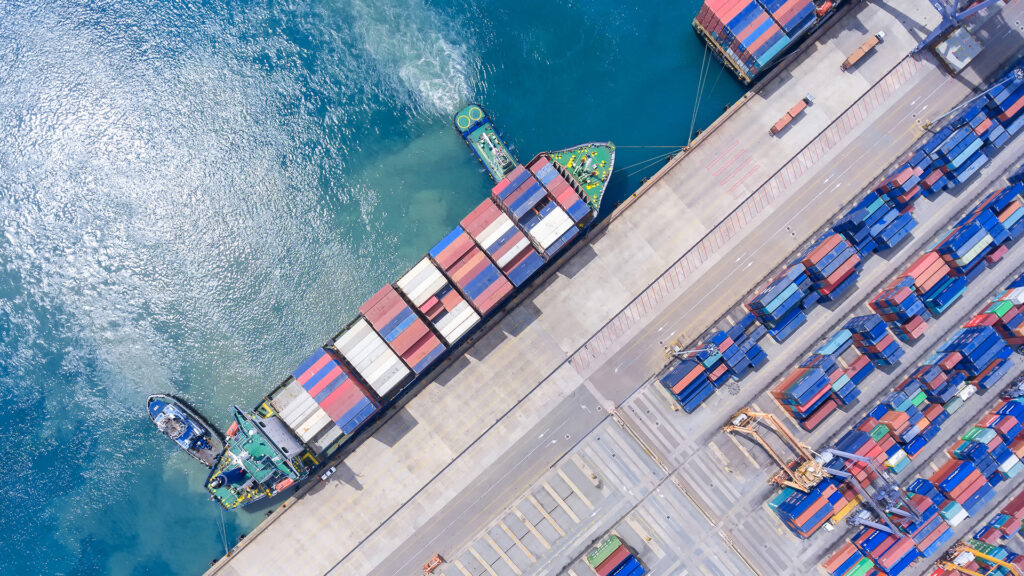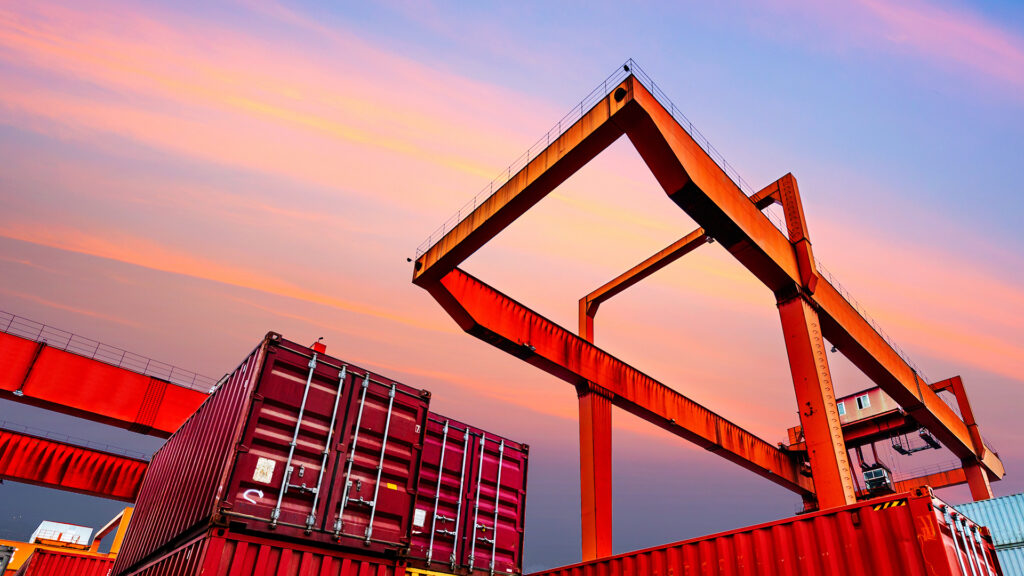The Formal Inclusion Of Maritime Transport In The EU ETS: Key Features And Implications
It’s official: after protracted negotiations, the inclusion of maritime transport in the EU Emissions Trading System (ETS) now forms part of EU law.
Emissions from maritime transport will be included from 1 January 2024 onwards. In this briefing and accompanying factsheet, we set out the key features of the EU ETS, and explore the potential implications facing the main stakeholders in both the physical transport chain and the ship management sector.
The EU ETS is a mandatory ‘cap and trade’ system that currently applies to greenhouse gas (GHG) emissions from power stations, industrial plants and aircraft located or operated within the EU. Participants must acquire and surrender ‘emissions allowances’ (EUAs), which represent quantities of regulated emitted GHGs on an annual basis. EUAs can be freely traded in the emissions marketplace.
On 25 April 2023, EU legislators finally confirmed that specified GHG emissions from maritime transport will be included in the EU ETS from 1 January 2024 onwards. On 16 May 2023, amendments to both the EU ETS Directive (2003/87/EC) and the Monitoring, Reporting and Verification (MRV) Regulation (2015/757) were formally adopted as EU law.
As regular readers will know, it has taken a long time to get to this point: from initial approval by the European Parliament to include maritime transport’s emissions in the EU ETS (and the public consultation phase) in 2020 1, to the European Commission’s initial proposal in July 2021 (as part of the EU’s broader ‘Fit for 55’ package of legislation)2, to the subsequent rounds of amendments proposed by the European Parliament.3 Over this legislative process, certain themes have remained consistent, whilst others have either been modified or dropped.
With the legislative framework now in final form, we have prepared a factsheet which analyses the key features of the EU ETS, along with the potential implications and challenges facing the maritime transport sector.
At the outset, however, it is important to emphasise that the amended ETS Directive and MRV Regulation do not provide all the answers regarding the operation of the EU ETS for maritime transport and continued vigilance is required.
- Whilst the legislation has been finalised, there still remain important steps which the European Commission needs to take in order for the EU ETS to work in practice. Primarily, this involves identifying which ‘shipping companies’ are to be responsible for overall compliance with the EU ETS and the neighbouring (non-EU) container transhipment ports which will be excluded from the definition of ‘port of call’.
- Careful consideration also needs to be given to how amendments to the MRV Regulation will apply in practice to the monitoring, reporting and verification of aggregate emissions on a vessel and shipping company basis. This will, by extension, impact EU ETS liability.
- It must also be borne in mind that whilst many of the challenges thrown up by the EU ETS will centre on the allocation of risk and responsibility between parties to physical transport contracts, it could also have a significant impact on ship managers. Careful consideration and review of ship management agreements will likely be required.
Parties should also remain mindful of the separate FuelEU Maritime initiative, recently agreed between the European Commission and European Parliament. Whilst the final draft legislation is awaited, it is understood that FuelEU Maritime will require vessels above 5,000 GT (with exceptions) to gradually reduce the GHG intensity of the energy used on board (measured via reported fuel consumption and fuel emission factors on a well-to-wake basis), compared to a 2020 baseline. 4 The measures, subject to formal approval (anticipated later this year), are expected to apply from 2025, and could potentially have significant commercial and contractual implications for maritime transport across the board, including for fuel suppliers and port operators.5 Quite simply, watch this space.
Footnotes
- https://www.hfw.com/insights/Inclusion-of-shipping-in-the-EU-Emissions-Trading-System-current-landscape-perspective-and-potential-impact/
- https://www.hfw.com/insights/Decarbonisation-in-shipping-Contractual-and-charterparty-issues/
- https://www.hfw.com/insights/EU-Emissions-Trading-System-Current-status-and-key-issues-July-2022/
- https://www.consilium.europa.eu/en/infographics/fit-for-55-refueleu-and-fueleu/
- Our previous briefing discussing the potential contractual issues arising under FuelEU Maritime, based on the European Commission’s initial proposals, can be accessed here. We will provide a further update once the legislation has been published.

Download a PDF version of ‘The Formal Inclusion Of Maritime Transport In The EU ETS: Key Features And Implications’












